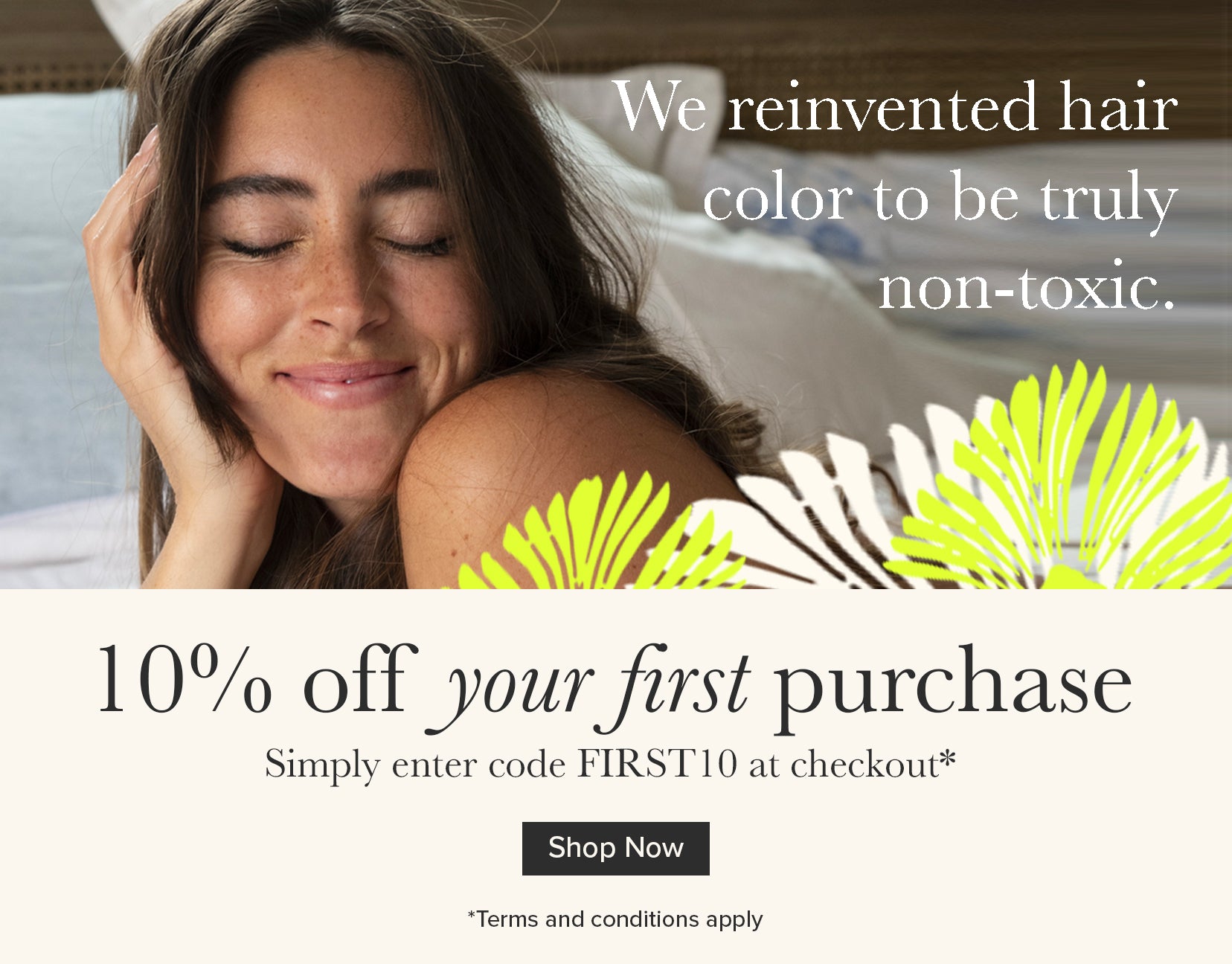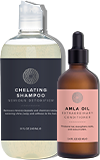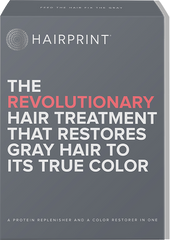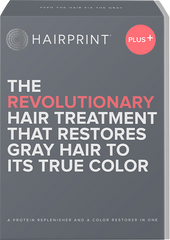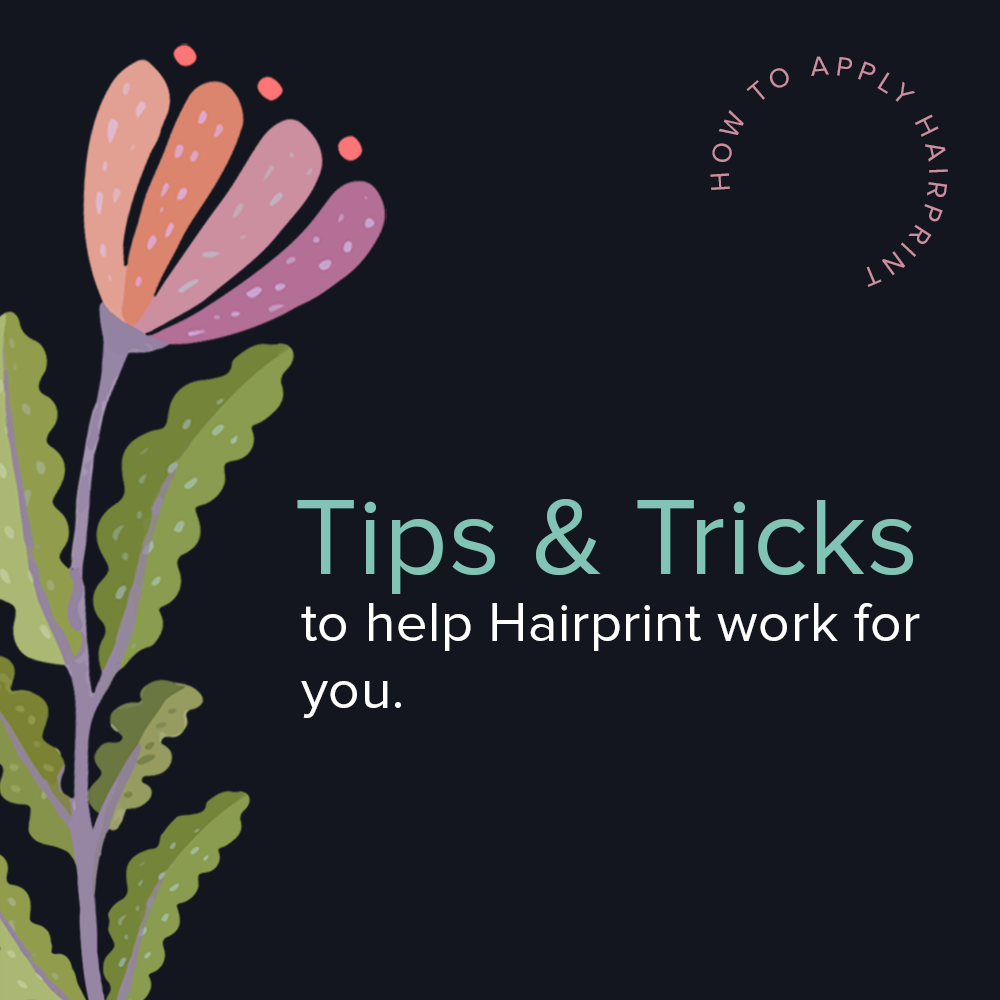How to buy a healthy shampoo
Shampoos were designed to remove oil, dirt, and skin debris from the hair. Early shampoos were made of commercial chemicals that stripped the hair and scalp. They were formulated to produce lots of suds and foam and leave the hair squeaky clean. It was great for the industry: the synthetic ingredients cost pennies.
We know better now. Hair is not separate from the scalp, and shampoos and conditioners can contribute greatly to hair and scalp health—or harm it. It depends on what you use.
Shampoos and conditioners can be divided roughly into two categories:
The 1st are formulations that rely on synthetic chemicals, compounds designed by chemists to clean and condition, compounds that provide the user with sensuous, silky, scented lather that slithers on and off the hair like satin. The compounds used in chemical formulations are closer to hair make-up than hair wash and rinses. They contain what people who make these products call “toxic film formers”, chemicals that coat (and clog) the hair and follicles. Silicones and ammonia salts lead the way.
Ammonia salts that are in most shampoos and conditioners are biocides, invented as disinfectants, used to kill germs and algae. Chemists being chemists, it wasn’t long before they discovered that ammonia salts, nicknamed “quats,” imparted a slippery feel to your hair and skin. If you see an ingredient in your shampoo or conditioner ending in “ium,” it is a quat.
A 2nd type of shampoo and conditioner contain botanical extracts. Botanicals are derived from different parts of plants and trees. They can be roots, bark, berries, leaves, seeds, petals, oils, and fruits. Depending on the variety, they can contain a dozen to over 100 different phytonutrients, complex molecules that were created by the plant to defend itself from mold, viruses, bacteria predators, UV, drought, insects, and more.
Botanicals and chemicals are opposites. When you see the name of a chemical, like polyethylene glycol (PEG), that is exactly what you are getting, 100% chemistry. Botanicals are complex, just like your body.

Here’s what to look out for when purchasing a shampoo or conditioner:
1. IGNORE FOAM
Suds, lather, and bubbles have no function and are unnecessary. They are there for psychology only. Shampoo foam is not a way to evaluate a product’s efficacy.
2. READ THE LABEL
Chemical formulations place a few drops of an ingredient into the tank, and it magically becomes Argan Shampoo. Don’t be fooled. Unless the charismatic ingredient is one of the top three or four ingredients, the name is there to get you to think it is natural.
3. PIXIE DUST
This is another term used by the people who make shampoo. It refers to putting inconsequential amounts of botanicals into a formula. If you see a long list of 15 botanical ingredients, the sum total of all of them may be less than 1%. By combining many ingredients into one ingredient, the one ingredient can be listed with all its components. How to determine if this is so? Ask the maker if their botanicals are over 1% of the total formula. Chances are they won’t tell you. That tells you a lot. Natural shampoo and conditioner makers are proud of the product and do not hide their good efforts.
4. Gentle
Be sure to buy the mildest, most hypoallergenic surfactants. The gentlest surfactants are sugar based: decyl glucoside, coco glucoside, and lauryl glucosides. Other mild surfactants include amino acid-based glutamates, as well as betaines, and sodium cocoamphoacetate. Better a shampoo that is too mild than too strong. Shampoos that strip the hair and scalp overstimulate sebum production, the very thing you are trying to calm and reduce. By using a gentle shampoo, your scalp will calm down, and you will need to shampoo less and less.
5. NOT TOO MANY INGREDIENTS
Shampoo and conditioners are 60-80% water. Surfactants comprise 20-30%, leaving 10% or less for botanicals, oils, preservatives, and viscosity builders. When you see labels with 30-35 ingredients, it means most of the ingredients are barely there at all. A total of 10-15 ingredients is the right number for a natural shampoo.
6. “IT DOES NOT CONTAIN…”
Ignore those lists. What matters in a shampoo is what it does contain, not what it doesn’t.
7. EDIBLE
When you read the ingredient list, think about whether you would eat them. And please do not try it. What you are looking for are plant-based ingredients you recognize and know to be edible in some form. Otherwise, don’t put it on your scalp because your skin is the body’s largest organ and it will absorb the ingredients to one degree or another. Remember, this is your body you are shampooing, not just your hair.
8. ALWAYS THINK FOLLICLE
Think of your hair like grass growing in a field. To make grass healthier, you wouldn’t put chemical compounds on the blades of grass. You would feed the soil and roots with nourishment. Your follicle is both soil and root. Silicone and quats slough down the shaft of the hair and block the follicle. Botanicals and oils nourish and feed the follicle.
